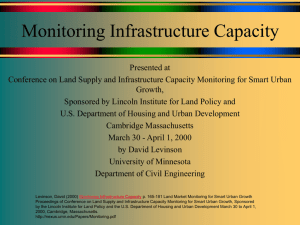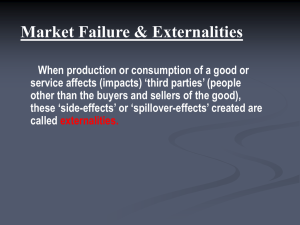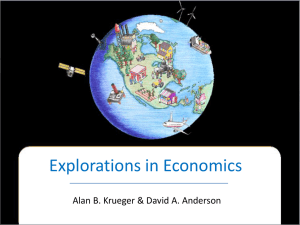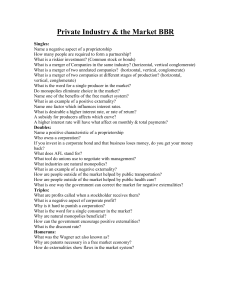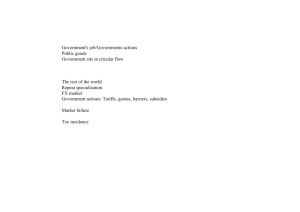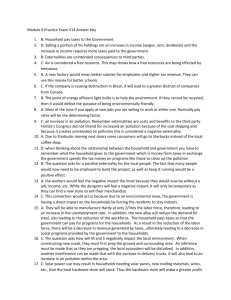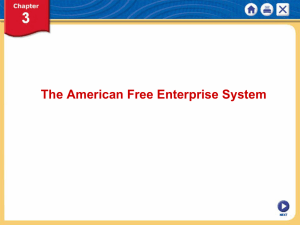AP Human Geography Copeland Unit 6: Externalities and Industry
advertisement
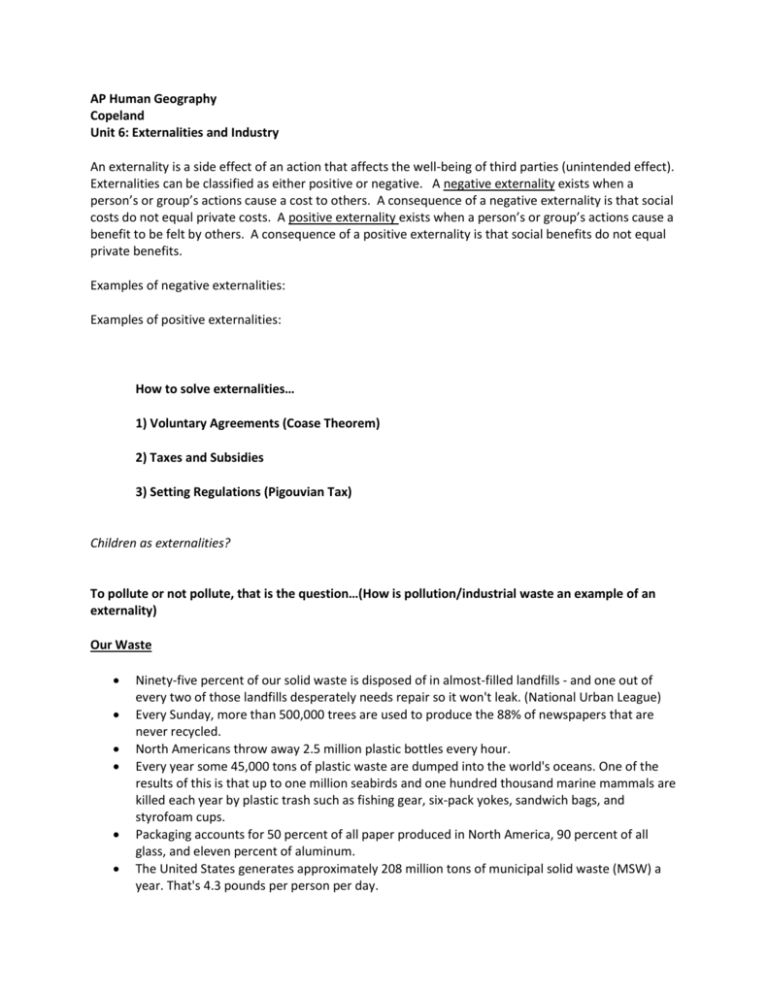
AP Human Geography Copeland Unit 6: Externalities and Industry An externality is a side effect of an action that affects the well-being of third parties (unintended effect). Externalities can be classified as either positive or negative. A negative externality exists when a person’s or group’s actions cause a cost to others. A consequence of a negative externality is that social costs do not equal private costs. A positive externality exists when a person’s or group’s actions cause a benefit to be felt by others. A consequence of a positive externality is that social benefits do not equal private benefits. Examples of negative externalities: Examples of positive externalities: How to solve externalities… 1) Voluntary Agreements (Coase Theorem) 2) Taxes and Subsidies 3) Setting Regulations (Pigouvian Tax) Children as externalities? To pollute or not pollute, that is the question…(How is pollution/industrial waste an example of an externality) Our Waste Ninety-five percent of our solid waste is disposed of in almost-filled landfills - and one out of every two of those landfills desperately needs repair so it won't leak. (National Urban League) Every Sunday, more than 500,000 trees are used to produce the 88% of newspapers that are never recycled. North Americans throw away 2.5 million plastic bottles every hour. Every year some 45,000 tons of plastic waste are dumped into the world's oceans. One of the results of this is that up to one million seabirds and one hundred thousand marine mammals are killed each year by plastic trash such as fishing gear, six-pack yokes, sandwich bags, and styrofoam cups. Packaging accounts for 50 percent of all paper produced in North America, 90 percent of all glass, and eleven percent of aluminum. The United States generates approximately 208 million tons of municipal solid waste (MSW) a year. That's 4.3 pounds per person per day. The average college student produces 640 pounds of solid waste each year, including 500 disposable cups and 320 pounds of paper. At the current pace, we'll be generating 222 million tons of waste by the year 2000. Currently about 130 million tons of MSW ends up in landfills each year (NSWMA). In a recent survey of World Wastes subscribers, of those owning landfills, 53% expect their site to remain open 10+ years; 12% said 5 to 9 years; 7% reported 3 to 4 years and a whopping 26% said less than 3 years. It involves the use of composite liners and having an elaborate monitoring system. The costs of the regulations will result in a regionalized approach for volume-based business and a dramatic decrease of publicly owned facilities. Also specifies that landfill obtain an amount sufficient to close and cap the site and perform care and maintenance for 30 years after closure. (The Earth Work's Group Recycler's Handbook) Every year we dispose of 24 million tons of leaves and grass clippings, which could be composted to conserve landfill space. (1996 Environmental Defense Fund) Food waste includes leftover portions of meals and trimmings from food preparation activities in kitchens, restaurants and fast food chains, and cafeteria. Food waste is the third largest component of generated waste (after yard waste and corrugated boxes) and second largest component of discarded waste, after yard waste. The amount of food waste generated in the waste stream has increased by 1.2 million tons in the last 25 years, this is one of the lowest increases on a percentage basis of any component of the waste stream. Paper cups consume trees, water, and chemicals, and dump them into streams and landfillsthey are not re-cyclable. Paper cups are often wax-coated which reduces their biodegradeability futher. Paper products make up over 40 percent by weight , slightly higher by volume - of this country's municipal solid waste, by far the largest contributor. Paper Recycling and its role in Solid Waste Management. Every year nearly 900,000,000 trees are cut down to provide raw materials for American paper and pulp mills. (Business Stastistics, 1986)


